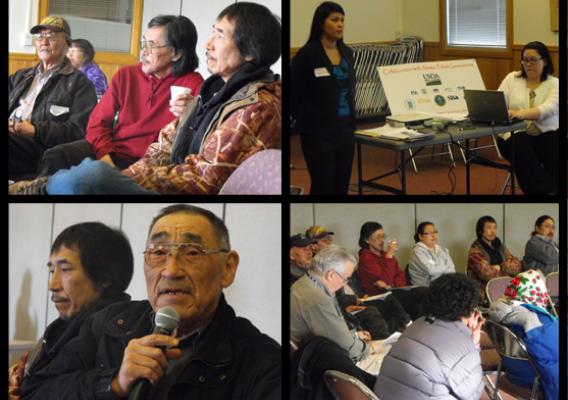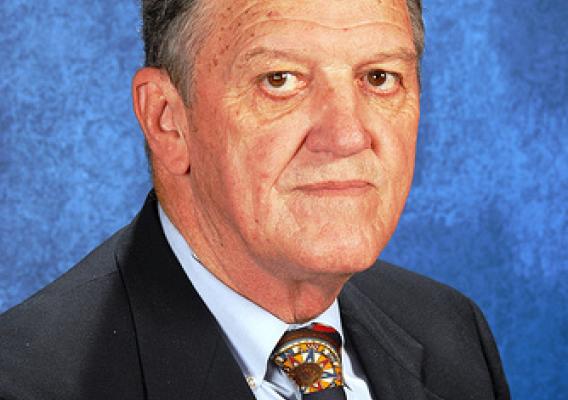On Friday, Agriculture Deputy Secretary Kathleen Merrigan met with producers in America’s most significant and diverse agricultural state – California. Many people wouldn’t think of farming in Orange County, but there is significant specialty crop production just a few miles away from Disneyland. Farming in southern California’s urban environment is particularly challenging and Merrigan’s first stop was at Manassero Farms in Irvine where she discussed these challenges with local strawberry and tomato grower Dan Manassero. Manassero’s family operation, which has been in business for several generations, has several successful farm stands, as well as commercial relationships with local grocery stores.
Deputy Merrigan then traveled to the headquarters of the Orange County Great Park where she and Farm Service Agency State Executive Director Val Dolcini held a roundtable listening session with dozens of local growers. She also visited The Great Park, formerly home to El Toro Marine Air Station, which spans more than 1,300 acres (nearly twice the size of NewYork’s Central Park) and embraces environmental sustainability, Orange County’s agricultural heritage, and honors the military history of the former air base. Merrigan then toured the Great Park Farm, a 114 acre working farm designed to provide fresh produce to local residents.








